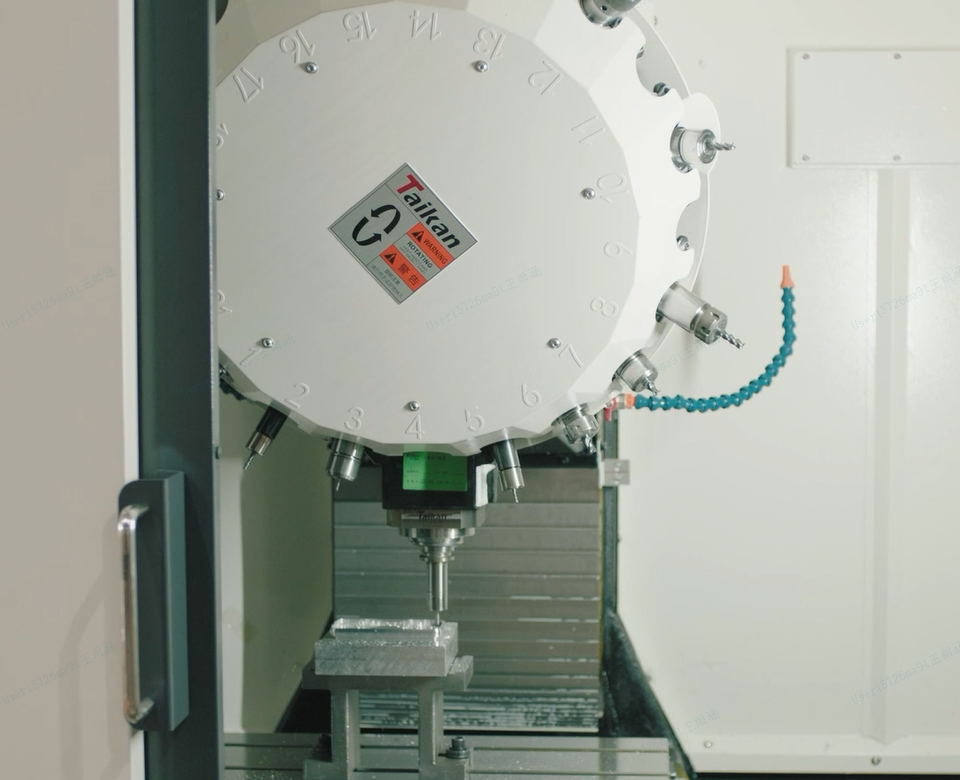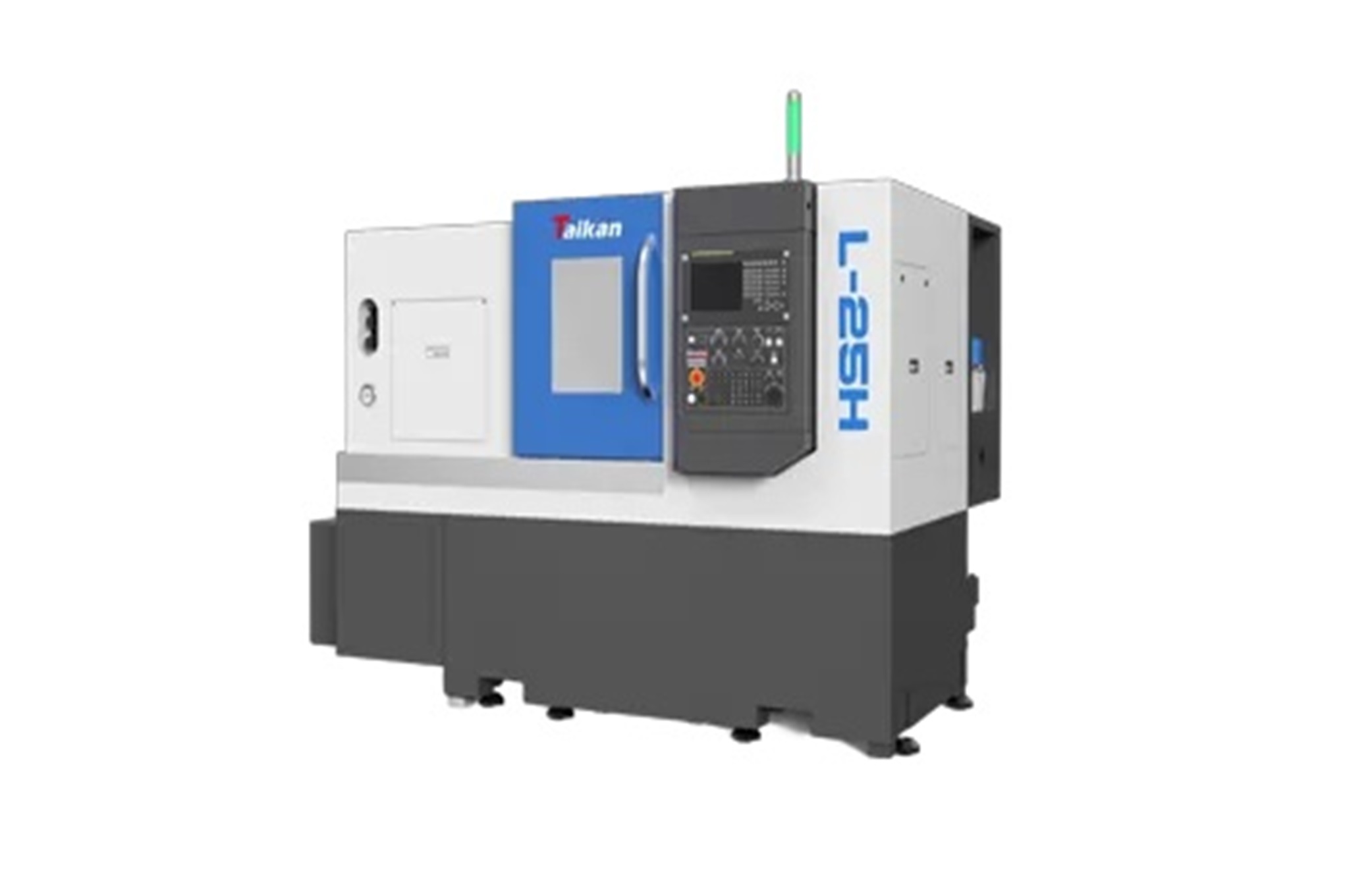Lathe Selection GuideThe choice between a horizontal lathe and a vertical lathe can significantly affect machining operations in varied industries, including aerospace, automotive, and manufacturing. This article explores the nuanced differences between these two orientations, focusing on aspects like spatial requirements, gravity influences, part size, and their resultant efficiency. Through a detailed analysis, we will equip you with the knowledge to make an informed decision suited to your application needs, whether you're eyeing a cnc lathe machine for sale or considering the evolving cnc machine price. This comprehensive guide will illuminate the strengths and limitations inherent to each type and delve into conversion possibilities, ensuring optimal performance in your machining tasks.
Orientation Pros and Cons
The orientation of the lathe—horizontal or vertical—dictates its operational advantages and inherent challenges. Horizontal lathes are typically preferred for their ease in handling long workpieces, while vertical lathes excel with large heavy pieces, supported by gravity.
Lathe Type | Advantages | Disadvantages |
Horizontal Lathe | Ideal for long parts, ease of chip ejection | Space-consuming layout, difficulty with heavy parts |
Vertical Lathe | Space-efficient, supports heavy parts naturally | Limited in handling long workpieces |
Choosing between these reflects on operational needs—whether the focus is on precision cnc milling capabilities or leveraging vertical machine center strengths for heavy-duty applications.
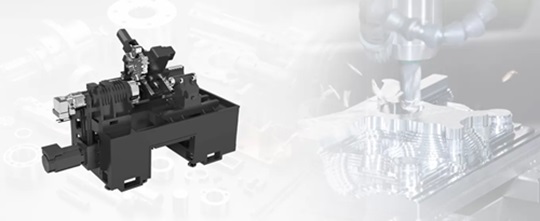
Gravity Effects
Gravity plays a critical role in lathe operations, affecting both setup and machining efficiency. A vertical lathe capitalizes on gravity to stabilize heavy workpieces, enhancing cutting accuracy. On the contrary, a horizontal lathe must counteract gravitational forces, especially when dealing with hefty components.
Aspect | Horizontal Lathe | Vertical Lathe |
Gravity Impact | Challenges with stability for heavy parts | Natural stabilization via gravity |
Efficiency | Extra support required | Enhanced accuracy |
For industries prioritizing high precision cnc machining, understanding these gravitational influences assists in choosing the right machine for intricate cnc machining aerospace parts.
Part Size Limitations
The dimensions of the workpieces are a decisive factor in choosing between horizontal and vertical lathes. While vertical lathes are designed to handle larger diameters with ease, horizontal lathes are typically limited by their setup concerning large diameters but advantageous for long components.
Lathe Type | Capability | Limitation |
Horizontal Lathe | Long workpieces | Challenge with large diameters |
Vertical Lathe | Large diameters | Limited length capability |
Whether opting for CNC machining centers or examining china CNC machine offers, recognizing these limitations ensures optimal machine selection suited to your part size needs.
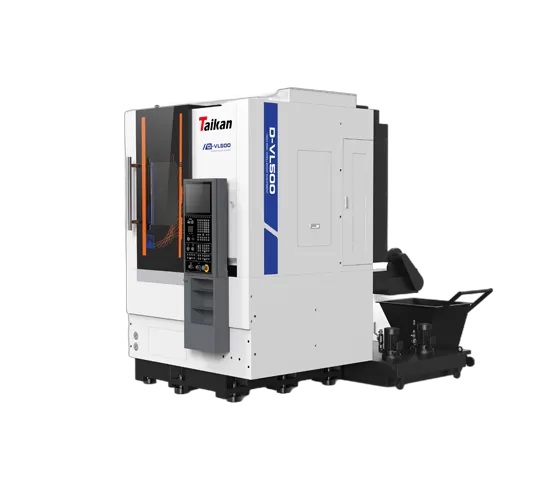
Efficiency Comparison
Efficiency in machining is a balance between speed, precision, and adaptability. The design differences between horizontal and vertical lathes lend themselves to different efficiencies. Horizontal milling machine typically offers rapid chip removal, whereas vertical milling enhances precision for heavy pieces.
Evaluation Aspect | Horizontal Lathe | Vertical Lathe |
Chip Removal | Rapid and efficient | Slow but precise |
Precision | Moderate | High |
The potential for using a CNC VTL or assessing vertical turret lathe offerings might depend heavily on these efficiency considerations, impacting choices like vertical machining centers for specific operations.

Conversion Options
In scenarios where operational demands shift, conversion from a horizontal to a vertical lathe, or vice versa, can be a calculus of cost, effort, and benefit. While straightforward conversions are rare, certain adaptive technologies, like 5-axis cnc machine add-ons, can extend capability.
Aspect | Horizontal to Vertical | Vertical to Horizontal |
Conversion Complexity | High | Moderate to High |
Cost Implication | Significant | Variable |
Brands like Taikan provide solutions that address conversion challenges, allowing for flexible cnc turning and milling machine configurations as needs evolve.
In conclusion, understanding the distinctions and strategic advantages between horizontal lathe and vertical lathe operations not only aids in selecting the right equipment from options like cnc vertical lathe and precision cnc turning technologies but also aligns machinery choice with operational efficiencies and part specifications. As markets shift toward innovative solutions, such as the cnc engraver machine or advanced automatic lathe configurations, an informed decision reinforces alignments in process optimization and technological advancements.

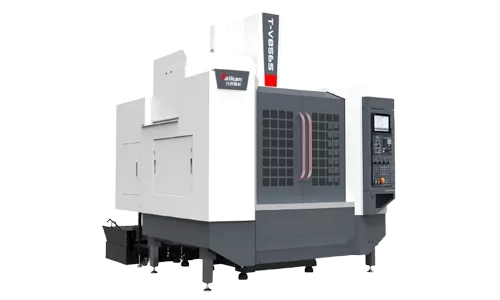
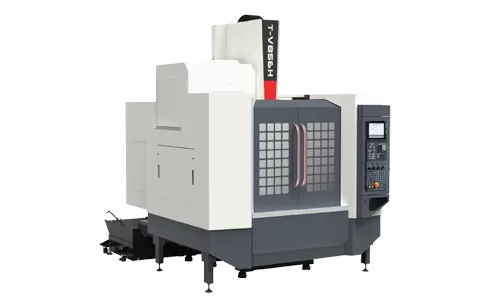
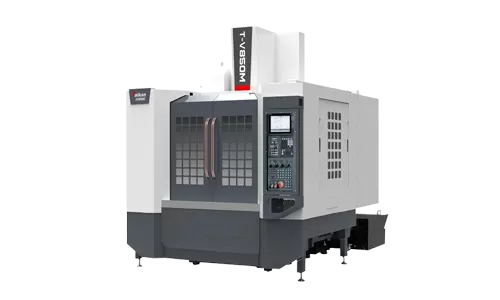
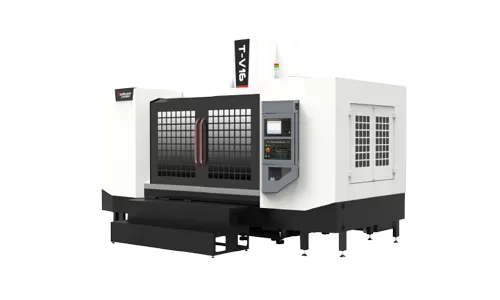

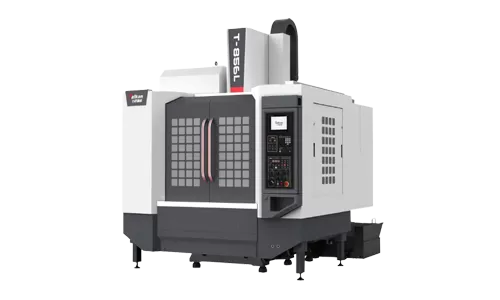

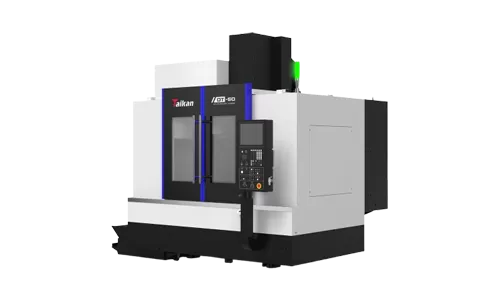

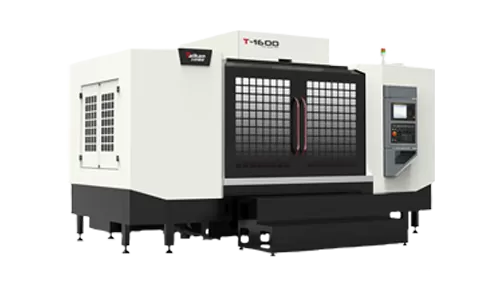
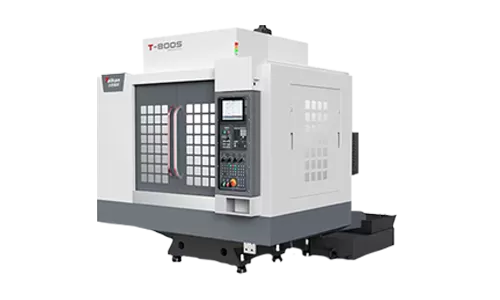
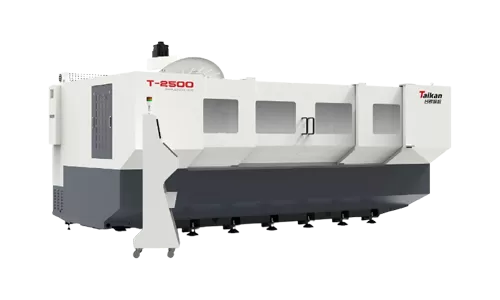


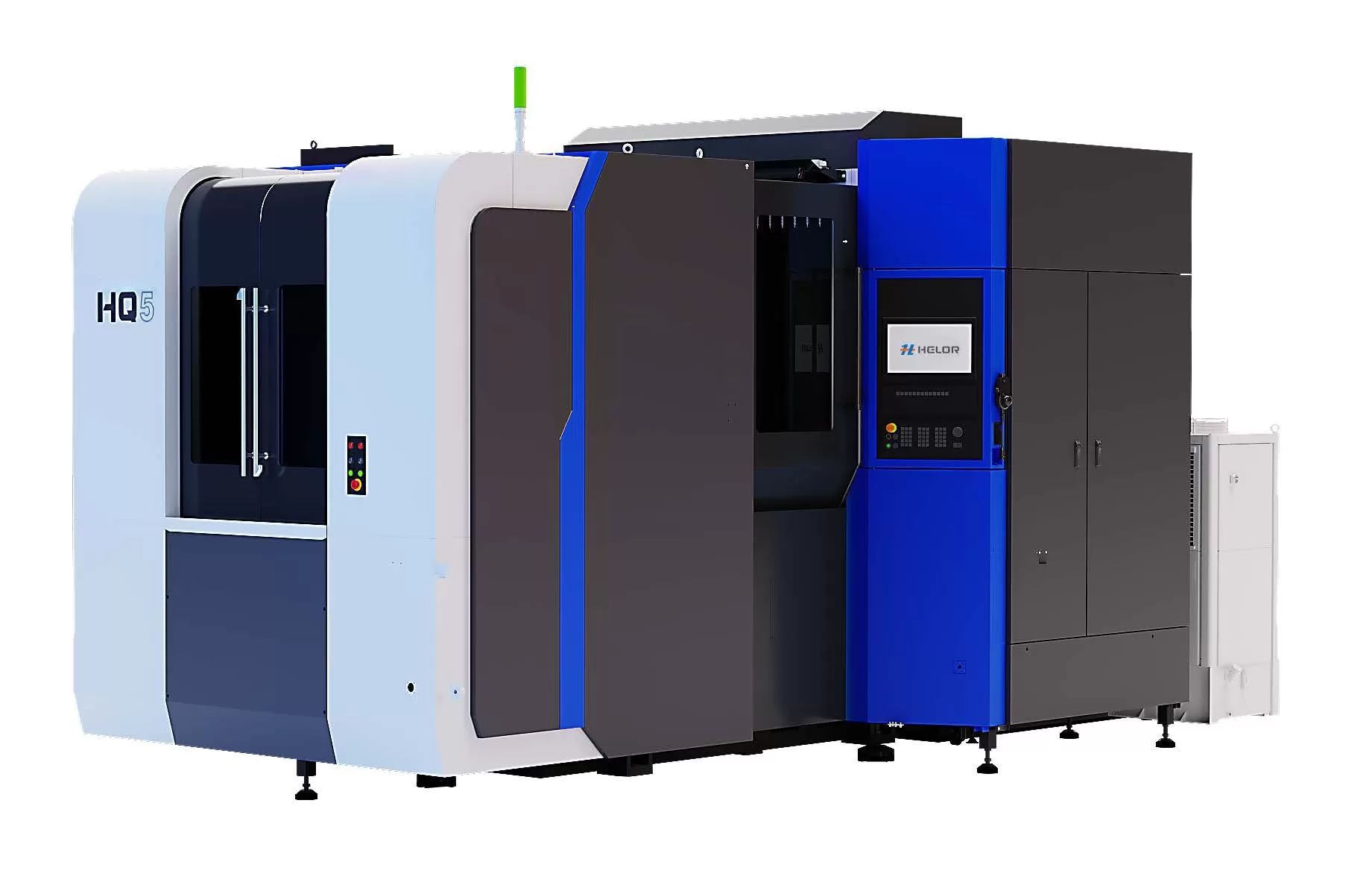
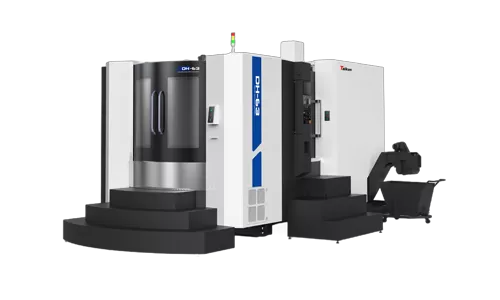

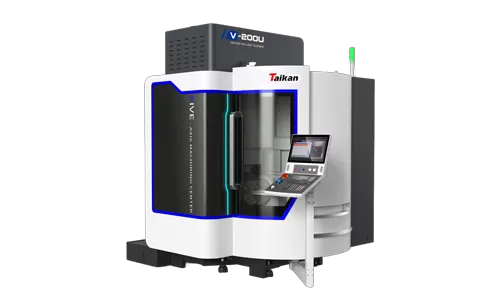
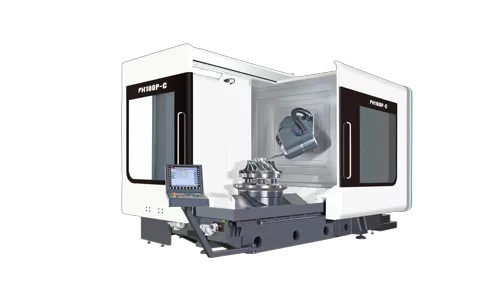
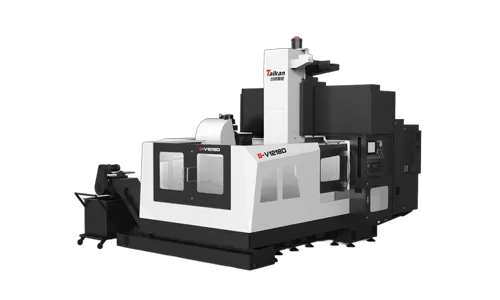
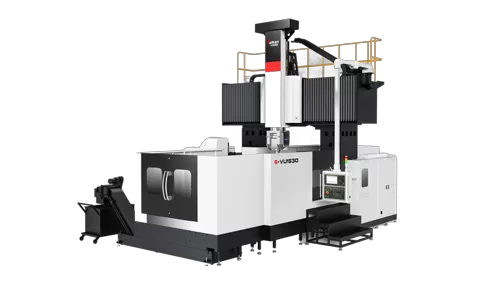

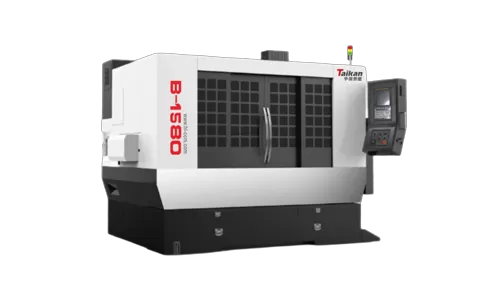

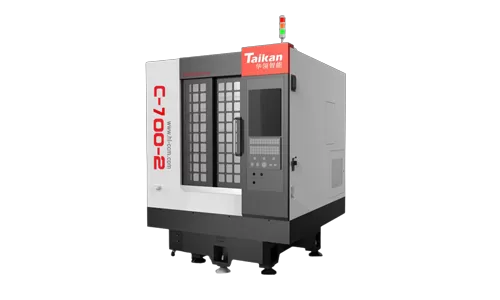
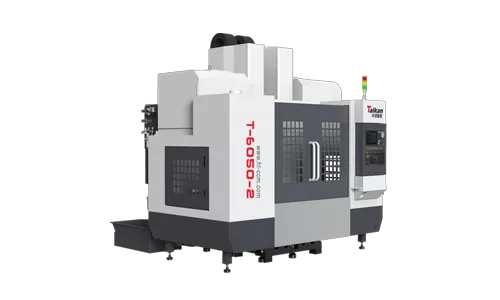
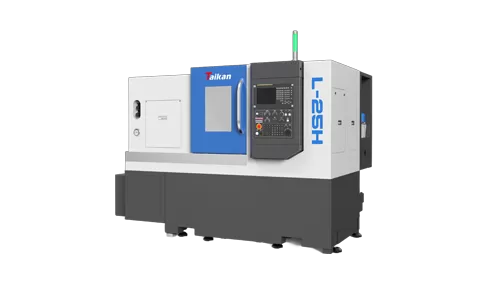



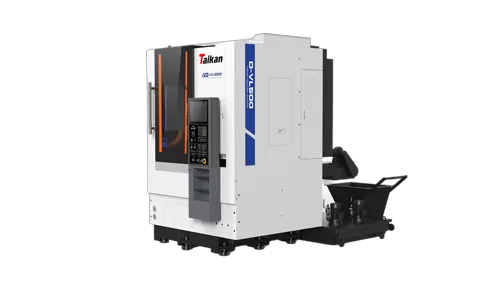
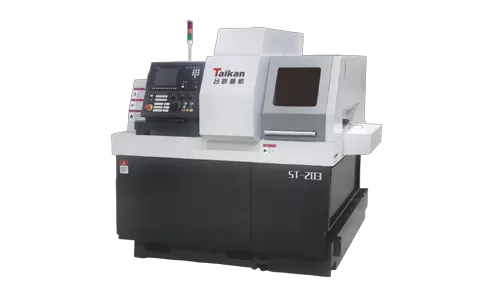
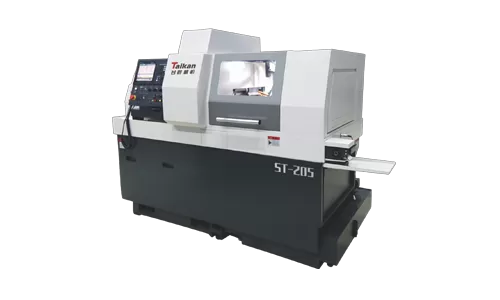
 Vertical Machining Center Drilling and Milling Machining Center Profile Machining Center Horizontal Machining Center 5-Axis Machining Center Gantry Machining Center CNC Multi-Head High-Speed Machining Center CNC Lathe CNC Swiss-Type Automatic LatheS series Standard Edition with 3-Axis Linear Guide Rails H Series Advanced Edition with 3-Axis Linear Guide Rails M Series Excellent Rigidity T-V Series Light Cutting W Series Hub Machining L Series Two Rails and One Hard Rail T Series 3-Axis Hard Rail DT Series High Precision Vertical Machining CenterB Series Drilling & Milling Machining Center S Series Drilling & Milling Machining Center SE Series Drilling & Milling Machining CenterT Series Moving Column Type & BT30 (Tilt-Disc Tool Magazine) V Series Moving Column Type & BT40 (Tilt-Disc Tool Magazine)T-H11 Horizontal Machining Center HQ5 High Rigidity Horizontal Machining Center DH-63 Horizontal Machining Center DH-100S Horizontal Machining CenterG-V Series 3-Axis Linear Guides G-VU Series 5-Axis Gantry Machining Center G-BU Series Bridge 5-Axis Gantry Machining CenterSingle-Head High-Speed Engraving Machining Center Multi-Channel High-Speed Machining Center Multi-Head High-Speed Engraving Machining Center Multi-Head Vertical Machining Center
Vertical Machining Center Drilling and Milling Machining Center Profile Machining Center Horizontal Machining Center 5-Axis Machining Center Gantry Machining Center CNC Multi-Head High-Speed Machining Center CNC Lathe CNC Swiss-Type Automatic LatheS series Standard Edition with 3-Axis Linear Guide Rails H Series Advanced Edition with 3-Axis Linear Guide Rails M Series Excellent Rigidity T-V Series Light Cutting W Series Hub Machining L Series Two Rails and One Hard Rail T Series 3-Axis Hard Rail DT Series High Precision Vertical Machining CenterB Series Drilling & Milling Machining Center S Series Drilling & Milling Machining Center SE Series Drilling & Milling Machining CenterT Series Moving Column Type & BT30 (Tilt-Disc Tool Magazine) V Series Moving Column Type & BT40 (Tilt-Disc Tool Magazine)T-H11 Horizontal Machining Center HQ5 High Rigidity Horizontal Machining Center DH-63 Horizontal Machining Center DH-100S Horizontal Machining CenterG-V Series 3-Axis Linear Guides G-VU Series 5-Axis Gantry Machining Center G-BU Series Bridge 5-Axis Gantry Machining CenterSingle-Head High-Speed Engraving Machining Center Multi-Channel High-Speed Machining Center Multi-Head High-Speed Engraving Machining Center Multi-Head Vertical Machining Center
 es
es  pt
pt  ar
ar  tr
tr  fr
fr  de
de  it
it  th
th  vi
vi  pl
pl  ms
ms  hi
hi  id
id  kk
kk 



